T4K3.news
Researchers find bacteria behind sea star die-off
A disease caused by Vibrio bacteria has led to the loss of billions of sea stars on the Pacific coast.
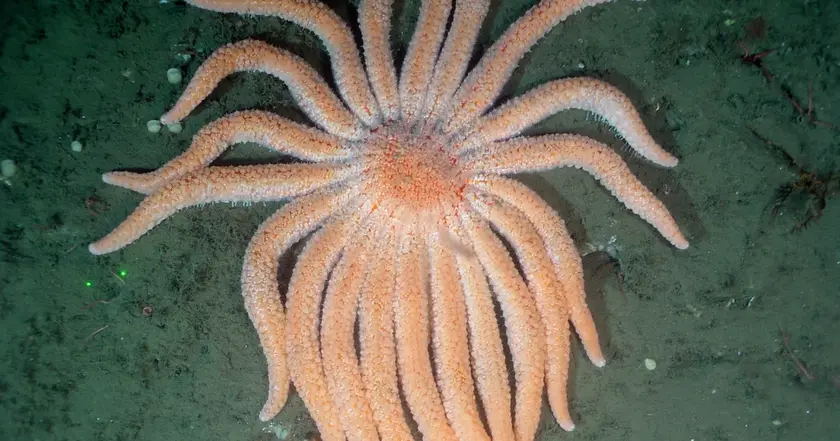
A significant research breakthrough reveals the cause behind the decline of sea star populations on the Pacific coast.
Mass die-off of sea stars linked to bacteria and climate change risks
Scientists have identified the cause of a mass die-off of over five billion sea stars along the Pacific coast of North America, a situation that has unfolded over the past decade. Starting in 2013, a disease known as sea star wasting syndrome began affecting more than 20 species, with the sunflower sea star suffering the most, losing nearly 90% of its population in just the first five years. Recent research published in the journal Nature Ecology and Evolution confirmed that a bacterium, Vibrio pectenicida, is responsible for this catastrophic decline. The research indicates the disease not only affects sea stars but also impacts other marine life, indicating a broader ecological threat. The findings raise ongoing concerns about environmental factors contributing to the epidemic, especially as rising seawater temperatures are linked to an increase in harmful bacteria.
Key Takeaways
"It's really quite gruesome."
Alyssa Gehman describes the devastating effects of the disease on sea stars.
"The detective work by this team was really smart and significant."
Blake Ushijima praises the research team's efforts in identifying the disease cause.
"They're voracious eaters."
Alyssa Gehman emphasizes the ecological role of sunflower sea stars.
"Sea stars' decline threatens the entire Pacific ecosystem."
The study notes the cascading effects of losing sea stars on ocean health.
The identification of the Vibrio bacteria as the primary agent behind the sea star wasting epidemic marks a pivotal moment in marine conservation. This research not only sheds light on a critical ecological challenge but also reveals the fragility of marine ecosystems in the face of climate change. As sea stars play a foundational role in maintaining kelp forests and the overall health of ocean ecosystems, their decline can lead to wider ecological imbalances. The potential for intervention through breeding and relocation strategies emphasizes the urgency of the situation and highlights a proactive approach to marine conservation efforts.
Highlights
- The battle against sea star wasting syndrome is far from over.
- Understanding the bacteria's role could reshape marine conservation efforts.
- Healthy sea stars are essential for maintaining ocean health.
- This discovery opens doors for possible interventions and recovery.
Ecological and economic risks from declining sea star populations
The ongoing decline of sea stars presents ecological risks to marine ecosystems, potentially disrupting food chains and habitats. The economic implications include the impacts on fisheries and coastal communities that rely on healthy marine environments. Without intervention, these challenges will worsen as climate change continues to promote the spread of harmful bacteria.
Ongoing research will be crucial for preventing further losses and restoring marine ecosystems.
Enjoyed this? Let your friends know!
Related News
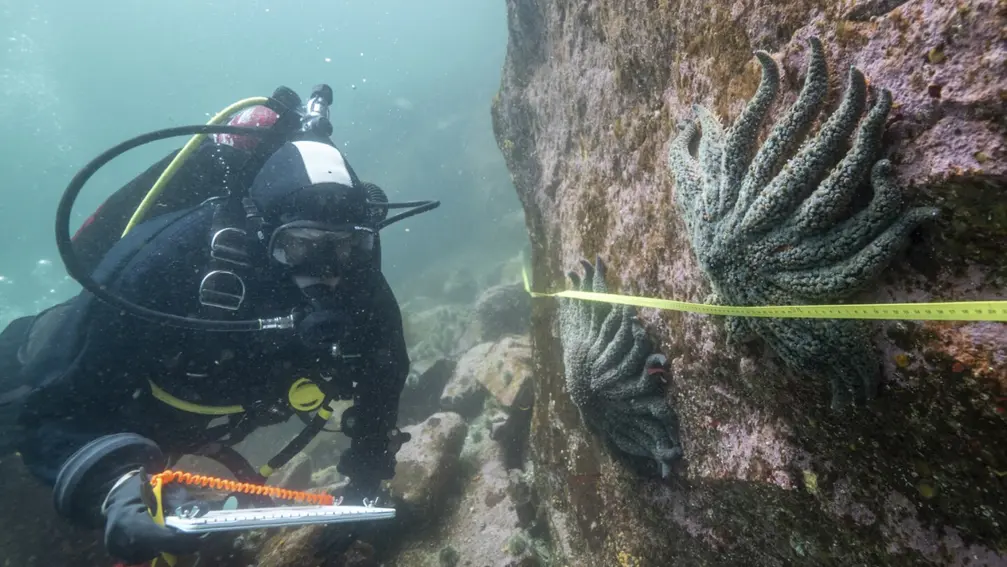
Scientists find cause of sea star epidemic
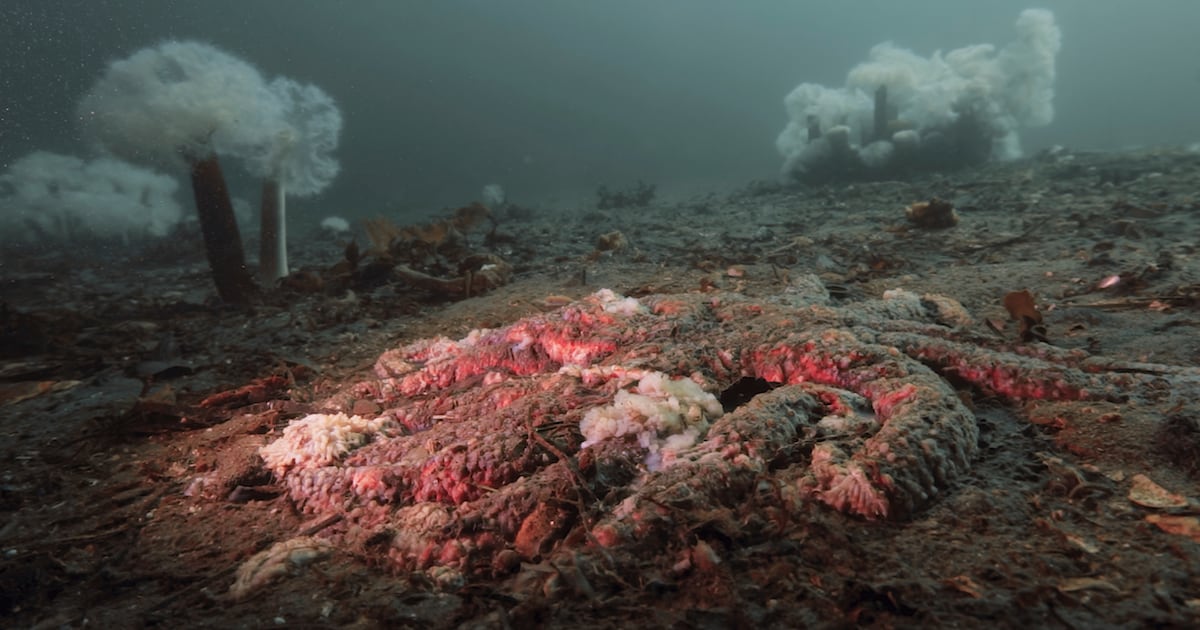
New insights into sea star die-off reveal bacterial culprit
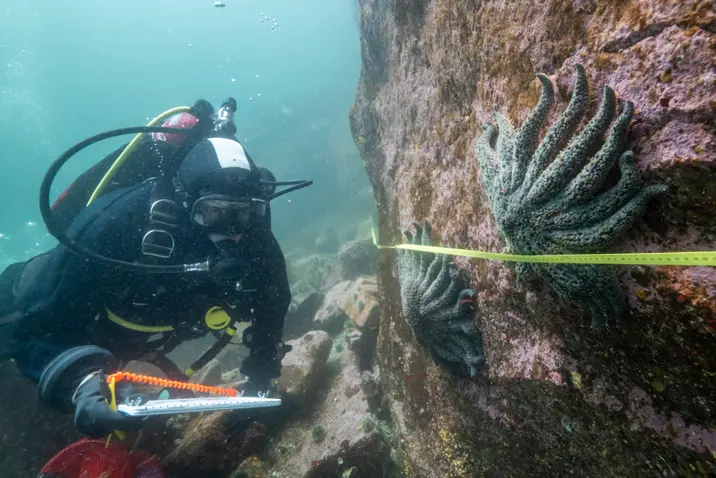
Scientists identify cause of starfish mass die-off

Breakthrough research identifies cause of sea star wasting disease
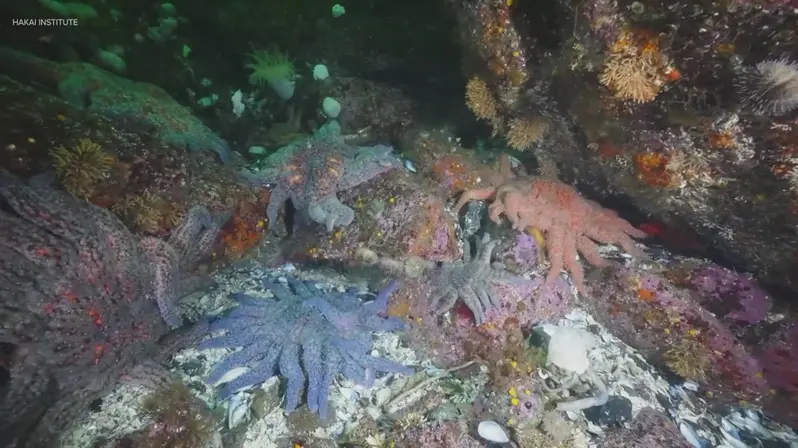
Researchers identify cause of devastating sea star die-off
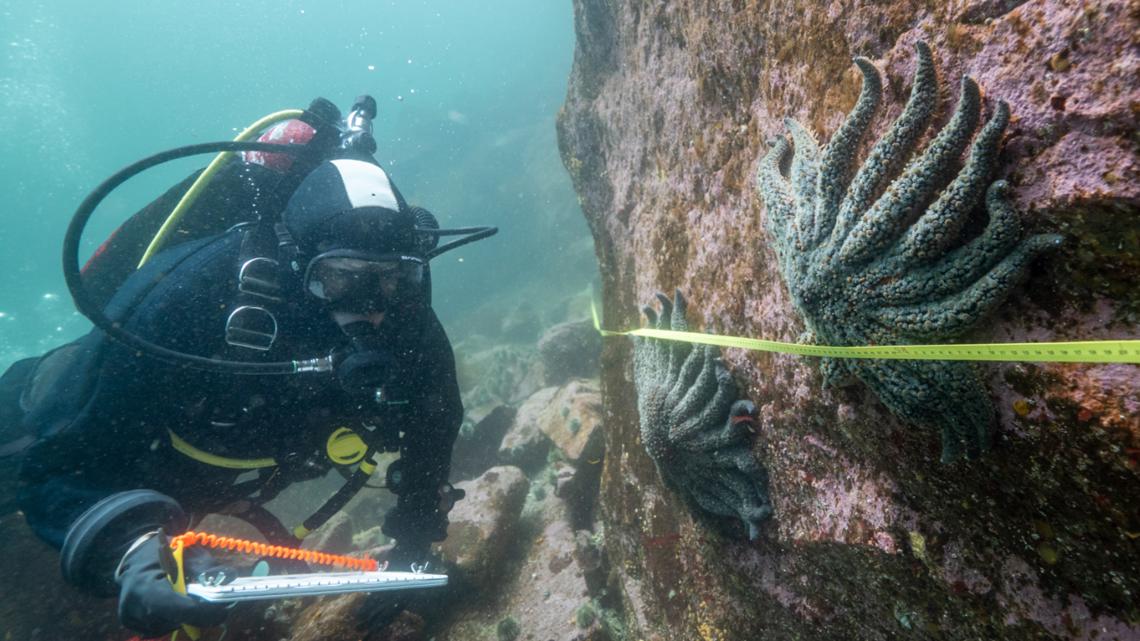
Scientists reveal cause of sea star die-off
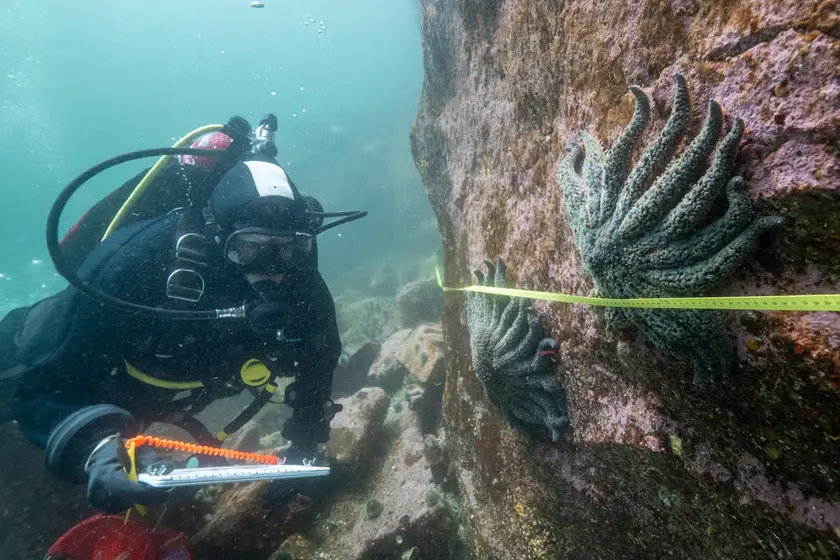
Breakthrough in sea star mortality mystery

Research suggests sunflower sea stars may help restore kelp forests
